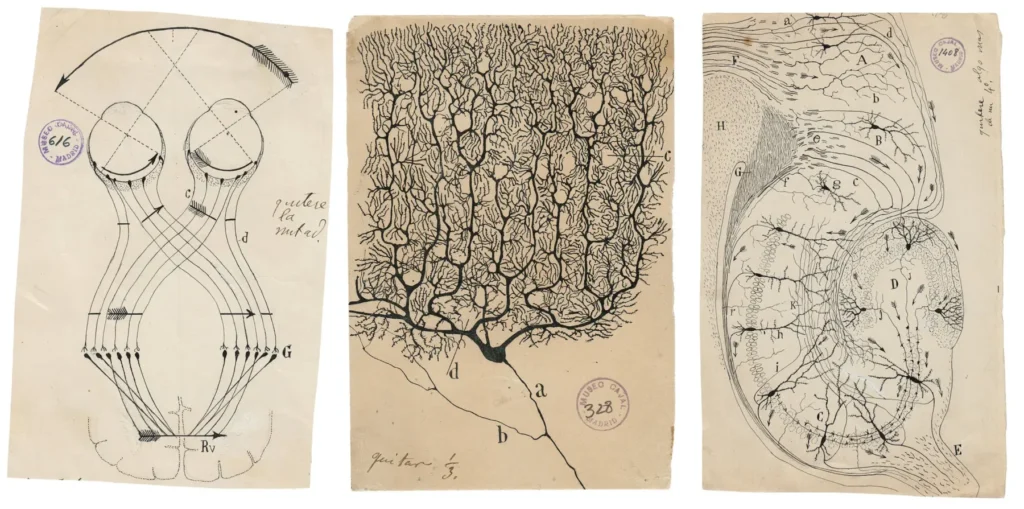Words by Amy Holt Cline

As we all know, inspiration for a new idea, a painting or a design can come from anywhere. Ideas can strike in an instant or can be developed over a long period of time. Some of the greatest thinkers in history made their discoveries because, in addition to hard work, they allowed imagination, serendipity and play to inform their perspective along the way.
Common to both fields of science and art, include such mental practices as recognizing patterns, creating analogies, observing, abstracting, modelling, imaging and more. After studying hundreds of innovative thinkers in various fields, Robert and Michele Root-Bernstein identified thirteen thinking tools commonly used by all successful thinkers regardless of the field they are based in (1999).
For example, Georg von Bekesy, a Nobel laureate in biophysics, studied art to better understand how living organisms functioned. It was the essence of what they represented that allowed him to see differently. Similarly, Santiago Ramon y Cajal, who was a famous neuroscientist, spent half of his day observing neurons in the brain and spine under a microscope before spending the other half of his day drawing those patterns from memory.
Ramon y Cajal was able to mentally see both small and large-scale patterns within the neurons in ways that scientists hadn’t previously realized. Both Ramon y Cajal and Bekesy are Nobel Laureates, in the field of ‘Physiology or Medicine’ and interestingly they both developed their abilities and interests beyond science, in the field of art.
Reminiscent of the schools Ramon y Cajal and Bekesy attended in Europe, schools in the United States today are still largely set up to teach in single subjects although a conscious effort is being made to develop cross-curricular thinkers who are mentally prepared to combine content that connects subjects.
As a teacher who facilitates opportunities to help students understand biology through using art-based methods and visual thinking skills, I have witnessed a shift from content absorbers to content explorers in profound ways. Intermixed between traditional microscope work, dissections, fieldwork and tests, 9th-grade students are asked to build 3D models of the internal anatomy of organisms or to design and construct anatomically correct schooling fish using cardboard, a scroll saw and pastel chalk.
As stated by Robert and Michele Root-Bernstein, it “has long been observed by psychologists that people who are innovative tend to participate in a wider range of activities and develop a higher degree of skills in those activities than other people” (pg 323)*.
Students, just like scientists and artists, need experience working with tools, such as computers, scroll saws, laser cutters, paint brushes, microscopes, drills, sewing machines and more to give them exposure to a variety of types of mediums that will help them create their thoughts in 3D form. It is my hope to develop whole learners who can make contributions to the world through learning to read between the lines and make connections across subjects like the noteworthy scientists and artists have done throughout history.






